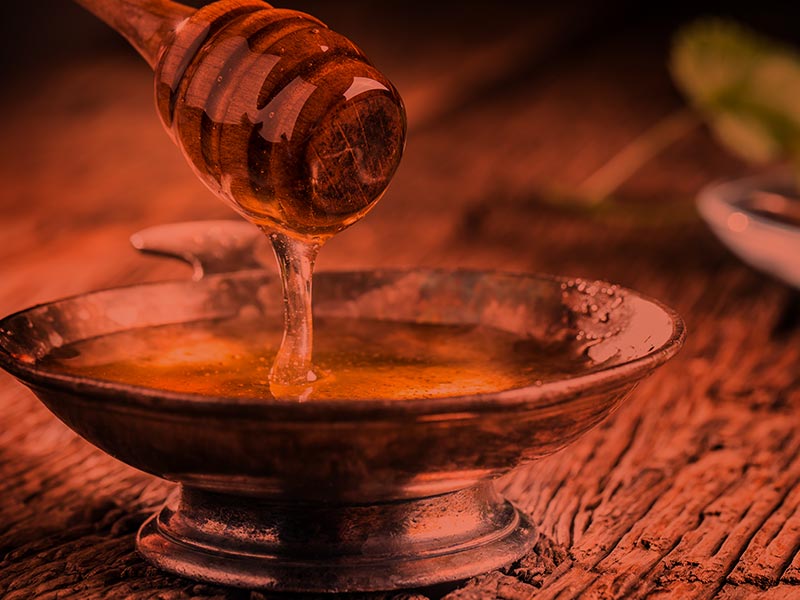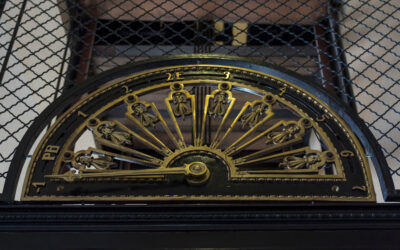Honey has long been admired for its sweet taste and versatility, but one of its most remarkable qualities is its longevity. In fact, honey never spoils. This unique property of honey has been known since ancient times, and archaeologists have even found jars of honey in Egyptian tombs that are over 3,000 years old—and still edible.
The secret to honey’s incredible shelf life lies in its chemical composition. Honey is low in moisture and highly acidic, creating an inhospitable environment for bacteria and microorganisms that would normally lead to food spoilage. It contains natural sugars, like fructose and glucose, which absorb water and further inhibit bacterial growth. Additionally, bees add an enzyme called glucose oxidase to the nectar they collect, which produces hydrogen peroxide—a natural preservative.
This combination of factors ensures that honey can last indefinitely when properly stored in a sealed container. It may crystallize over time, but that process doesn’t affect its safety or nutritional value. You can simply warm the honey to return it to its liquid state.
Aside from its longevity, honey has been used throughout history for its medicinal properties. Ancient civilizations applied honey to wounds due to its antimicrobial properties. Today, honey is still used in natural remedies for sore throats and burns. Manuka honey, in particular, has garnered attention for its potent antibacterial qualities, making it a popular choice in modern wound care products.
While honey may not spoil, it’s important to store it correctly. Exposure to air, moisture, and heat can alter its texture and color. To keep honey fresh, store it in a cool, dry place in an airtight container.
In a world where most foods come with expiration dates, honey stands out as a true testament to nature’s resilience. The next time you drizzle honey over your toast or add it to your tea, you can appreciate the fact that it may very well be the oldest—and longest-lasting—food on your shelf.
Related Articles
The History of Elevators—Lifting the World to New Heights
Elevators have been around for thousands of years—even the ancient Romans had pulley-based lifts. But the invention of the safety elevator in 1852 by Elisha Otis revolutionized modern cities. Otis’...
The Origins of Popcorn—A Snack with Ancient Roots
Popcorn has been popping up in history for thousands of years! The oldest popcorn ever discovered—over 5,600 years old—was found in a cave in New Mexico, proving that ancient civilizations enjoyed...
The Science of Fireflies—Nature’s Living Lanterns
Fireflies, also known as lightning bugs, are one of nature’s most magical sights. But their glow isn’t just for show—it’s a complex form of bioluminescence used for communication. Inside a firefly’s...





